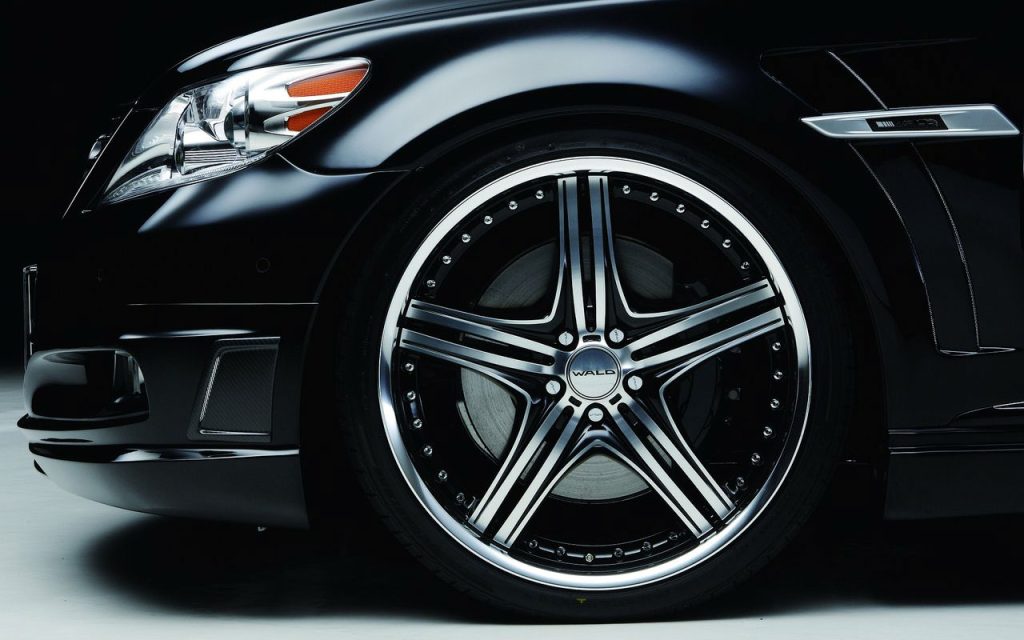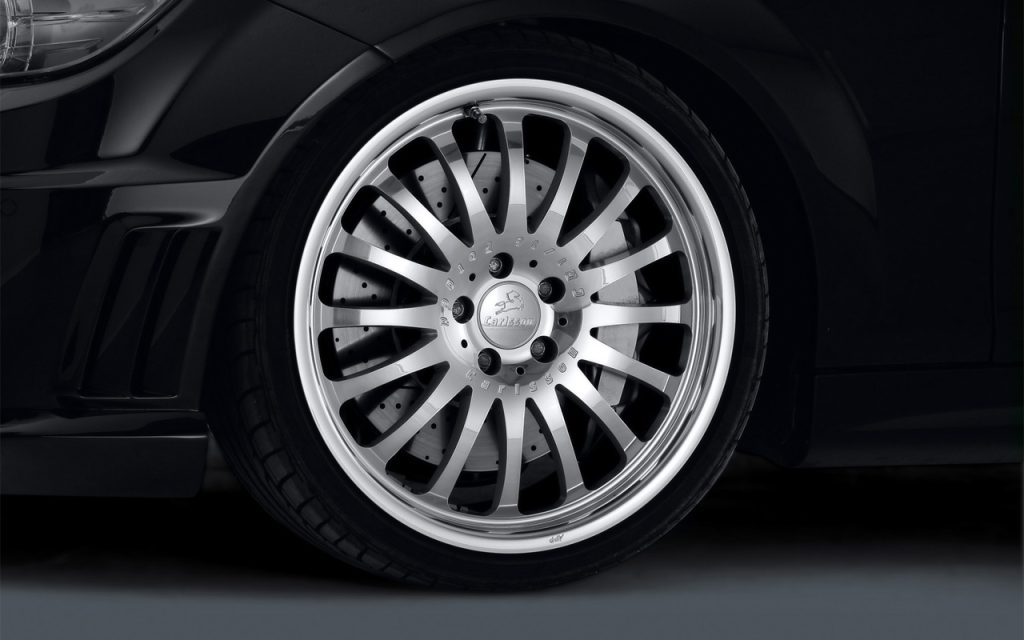Whether you move up to a giant breadth wheel as a choice on another vehicle or as post-retail wheels for a current vehicle, there are advantages and downsides to more extensive measuring. You’ll require new tires when you move up to a higher wheel width, say, from 17 to 18inch wheels. When those tires run over knocks and potholes, they need a lower profile to keep up with suitable leeway, making the suspension pack bounce back. To keep up with a similar generally speaking width, the tire level should drop to redress if the wheel breadth increases by one inch.
The advantages of 18- inches wheels and tires
They can provide a more comfortable ride
Tires with a more noteworthy sidewall, for example, 18-inch tires, are many times more adaptable than those with a smaller sidewall. While rolling over knocks and potholes, your tires function as safeguards and can give seriously padding.

They may be less harmful to your engine
Since 18-inch tires are lighter, your motor might not need to function as challenging to speed up your vehicle. They could likewise help decrease wear on the suspension and stopping mechanisms.
Things to avoid with 18- inch wheels and tires
They may not be as appealing from an esthetic point of view
More modest tires may not appear as forceful or solid as more excellent tires. Specific drivers view more modest tires as utilitarian than upscale, particularly when mounted on a more excellent truck or SUV.
On the additional side
On the other side, more extensive measuring moving up to a greater wheelset than standard is a well-known choice that accompanies advantages and disadvantages, like expanded hold or a sportier or more rich appearance at the expense of a fairly harsher ride. While more extensive measuring, for instance, from a 16 to a 17-inch wheel, the wheel measurement ascends by an inch while the complete breadth of the tire continues as before, bringing about a more limited sidewall. A greater wheel breadth means a more extensive wheel width, which is regularly estimated in half-inch increases, suggesting a more extensive segment width.
Try not to compromise
It could be enticing to burn through $400 on another arrangement of edges, yet the purchaser is careful with disgraceful workmanship. Despite how engaging the value, nobody needs a broke, twisted, or broke edge or the harm it could bring to the remainder of their vehicle. There’s a slim line between a fair setup and a sham, so select shrewdly. You usually receive whatever would be most reasonable.
Take a look at after installation

Sit in the driver’s seat after introducing you’re new haggles, the directing wheel, from one lock to another. In the two headings, turn the wheel. Ensure the wheels are not contacting within the wheel well or some other body piece when the vehicle is completely locked.
Likewise, ensure sufficient space between the tire and the wheel well to ingest any street knocks or potholes. Step through an exam drive on a lopsided or broken street to check whether the bigger haggles influence the vehicle’s ride.
Things to be on the lookout for
More extensive tires have downsides that you ought to know about. The vehicle’s pinnacle speed might be diminished because of the more excellent, higher grasp tires. Because of the expanded weight and footing, speed increase might be affected. The vehicle’s eco-friendliness will endure subsequently.
Assuming you need lighter directing, you ought to reexamine because you’ll need to apply controlling exertion. Likewise, remember that your speedometer and odometer will be off.